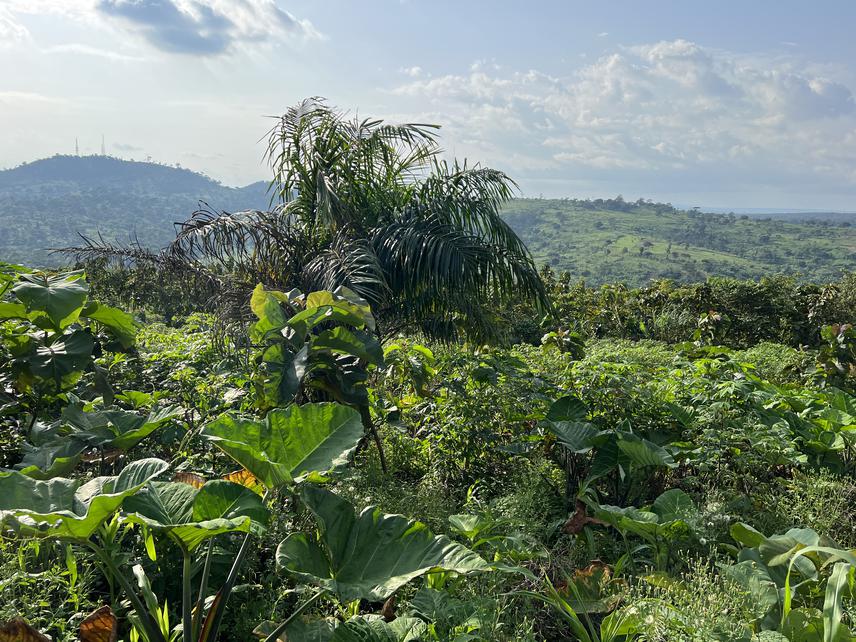Emmanuel Opoku Acheampong
Other projects
10 Oct 2016
Landscape Approach for Reforestation and Farmers’ Livelihood Development in Rural Ghana
22 Nov 2017
Landscape Approach for Reforestation and Farmers’ Livelihood Improvement in Rural Ghana: Working with the Locals
25 Mar 2019
Building the Capacity of Farmers to Restore Degraded Reserves and Improve their Livelihoods
The Sustainable Development Goal 15 stresses the protection of remaining forests and the restoration of degraded forests through afforestation. Restoring degraded forests will enhance the sustainability of biodiversity and ecosystem services accrued from the forests. Degraded portions of Ongwam II Forest Reserve are being restored by farmers with continued flow of benefits to them. However, the benefits the farmers get from the land will cease after canopy closure. To support the livelihoods of the farmers and local communities, this project will introduce NTFPs into the restored forest landscape and explore the potential benefits of the products to the farmers.

NTFPs young trees in farm.
The Sustainable Development Goal 15 stresses the protection of remaining forest and the restoration of degraded forest through afforestation. About 10% of Ghanaians live at the fringes of forest reserves and these residents collect non-timber forest products (NTFPs) to support their livelihoods (Ahenkan & Boon, 2011a, 2011b). Restoring degraded forest will result in continued flow of benefits from the forest to the resource-dependent communities while enhancing the sustainability of biodiversity and ecosystem services accrued from the forest. Landless farmers in forest fringe communities of Ghana mostly encroach on degraded forest areas for fertile lands for farming. Meanwhile these farmers are willing to participate in restoration projects while benefiting from the land (Acheampong et al., 2018). The farmers intercrop the tree species with their food crops during the early stages of the trees’ growth. Previous project has shown significant benefits to farmers and local communities involved in restoring a degraded forest landscape (Acheampong et al., 2020).
However, the benefits the farmers accrue from the land that is gradually restoring will cease after canopy closure. To ensure sustainable livelihoods for the farmers and local communities, this research seeks to introduce shade tolerant NTFPs into the restored forest landscape and explore the potential benefits of the products to the farmers. The value of NTFPs contributes between 15% and 40% to the incomes of forest-dependent communities in most developing countries (Yemiru et al., Malleson et al., 2014; 2010). These contributions are mostly reported from natural forests. Introducing NTFPs into planted forests could bring similar significant benefits to the participating farmers.
Non-timber forest products add to the richness of natural forest’s biodiversity. Restored forests do not have the unique diversity as that of natural forests. One way to achieve this is to introduce more diverse tree species and NTFPs. Some NTFPs serve as food sources for some insects and birds in forests. Some also attract useful insects and birds for pollination, contributing to the richness of the biodiversity of the planted forest. Introducing NTFPs into the restored forest will attract more living organisms into the forest for habitation, seed dispersal of native species of flora, and consequential richness of biodiversity. The introduction of the NTFPs will therefore provide sustained incomes to the participating farmers while enriching the biodiversity of the forest landscape.
Header: Fully restored forest behind new area at front.